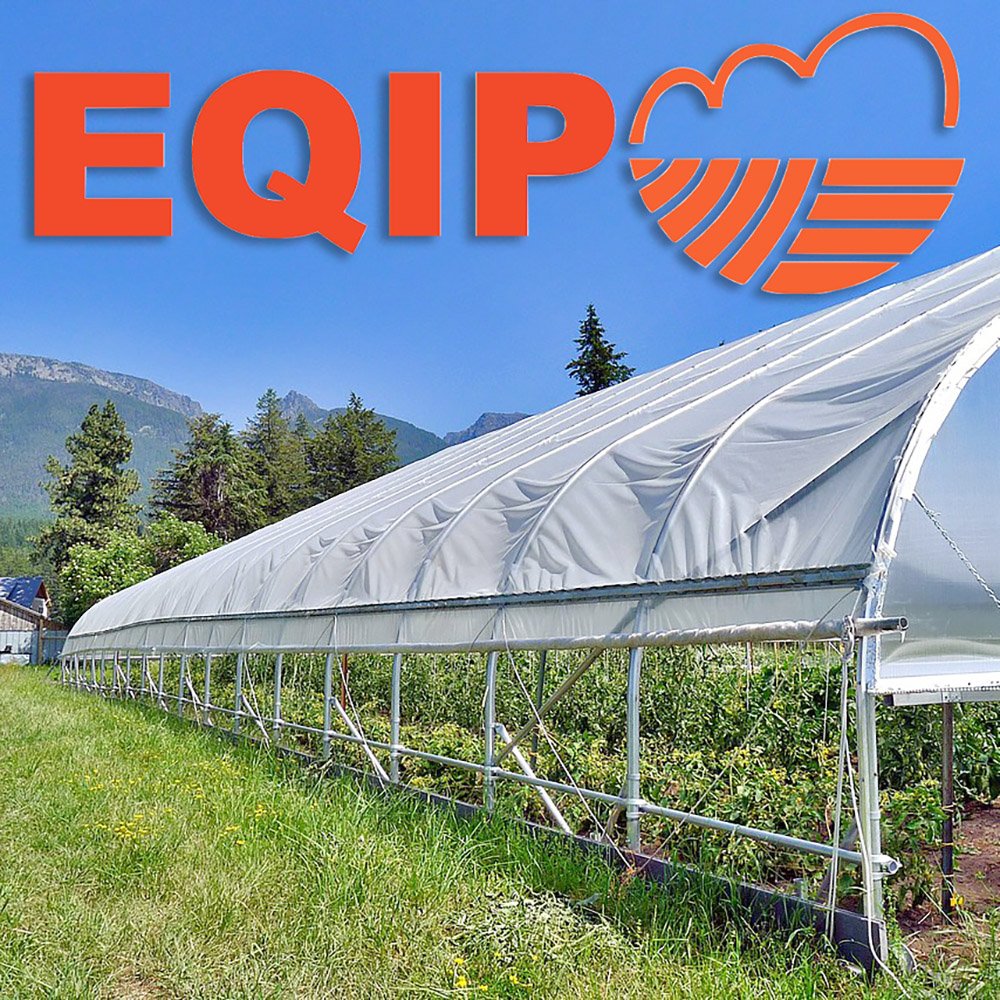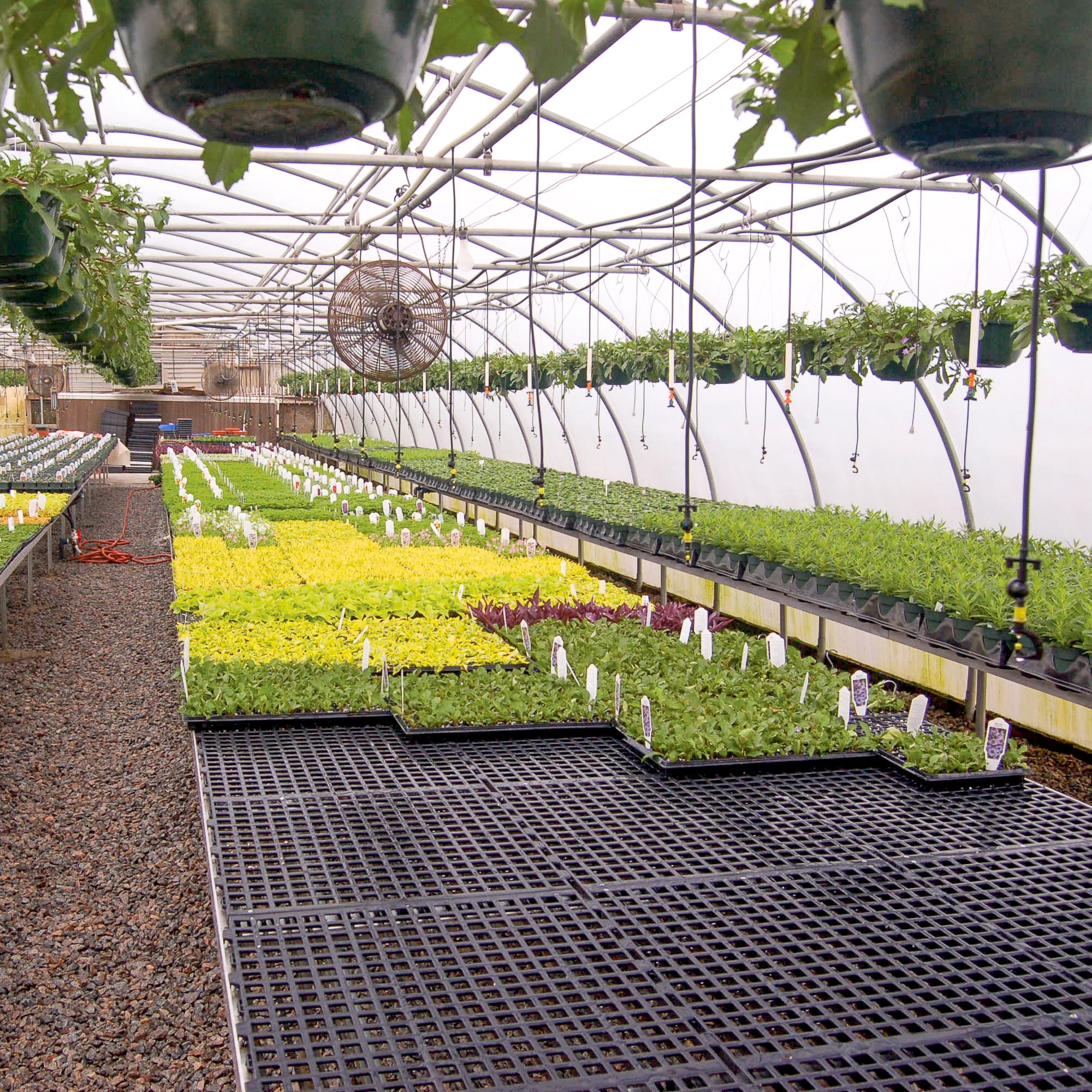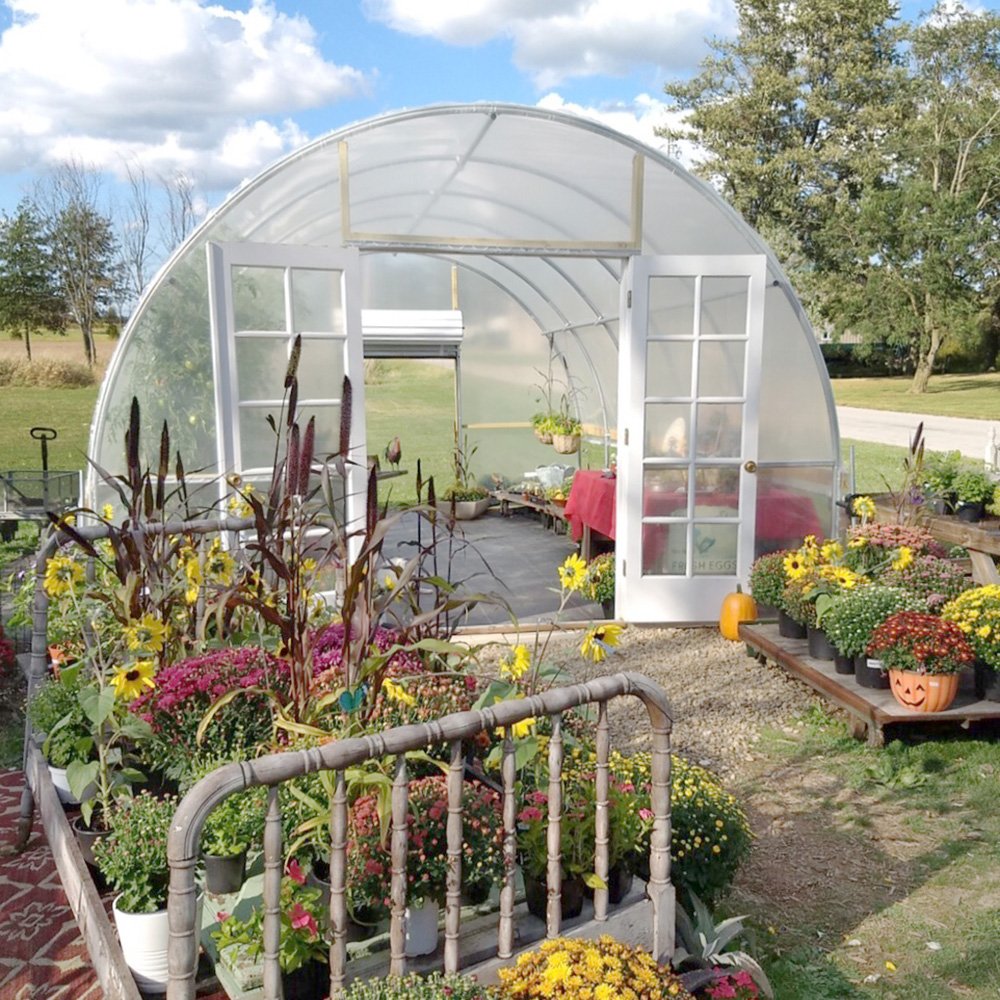How and When to Use Tree Ties
Whether you are gardening for business or pleasure, the main goal is to keep your plants as healthy as possible. Sometimes, this is easier said than done. Depending on the plants you have decided to grow, there might be a lot of extra care and steps you need to take to ensure the prosperity of your plants. Plants that climb or grow tall can often need extra care to keep them from growing out of control and damaging themselves. To help keep these plants in peak health, it is suggested to use plant ties to secure them and control their growth.
Why Should You Use Plant Ties
To some, it might seem odd to tie your plants to a structure or stake. Why not just let the plants grow how they want to? While it might seem like going against what Mother Nature had intended on how the plant to grow, it is actually a great benefit for the plant’s well-being and longevity.
Keeping your plants supported by providing them with structure and tying them with plant ties helps to protect their stocks from bending or breaking during high winds or heavy rain. Tying your plants to structures like vinyl lattices or plant stakes prevents the plant from growing on top of itself. If this occurs, part of the plant will not receive the best sun or other nutrients it needs to survive. Finally, tying your plants encourages them to grow in a certain direction so your garden or greenhouse does not become overwhelmed by overflowing plants.

Plants That Common Need To Be Tied To Stakes
- Sunflowers
- Tomato plants
- Bean sprouts
- Pea sprouts
- Perennials
- Vineyard grapes
How To Use Plant Ties
When planning to tie your plants, it is important to do so at the right height or growth of the plant. This will ensure that the plant is properly matured and is less likely to receive damage from being tied. The right time to tie a plant all depends on its growth. For plants like tomatoes, it is recommended to tie the stems of the plant after it has reached a foot in height and then to continue to secure the stem as the plant grows in intervals of 8 to 10 inches. Please check what is the best time to secure your particular plant, as each one has different requirements.
Once you have determined that your plant has reached the proper height, it is time to use the plant tie to safely secure it. When tying a plant tie, it is best to tightly secure it around the structure you are using and loosely around the plant’s actual stem. If tied too tightly, you run the risk of damaging the plant. This is often when people who use twine or other rope-like materials run into problems. It is easy to tie too tightly around the stem and cause harm to your plant.
Luckily, our Soft Touch Twist Ties are gentle enough to not damage your plant but are strong enough to securely attach them to any support you have. Our plant ties are designed with a flexible wire that is wrapped with soft rubber that firmly yet gently holds your plant in place. The roll of plant ties can be cut without difficulty and is capable of being reused so that you can use the same plant ties for multiple growing seasons.
Improve the health and appearance of your garden or greenhouse plants this growing season with our strong yet gentle plant ties.
Shop Plant Ties




